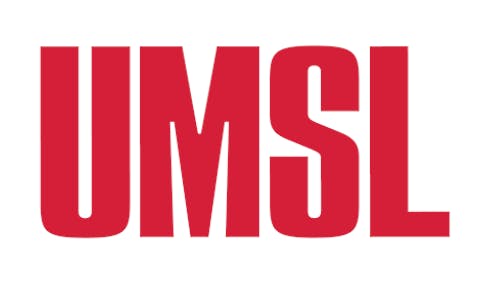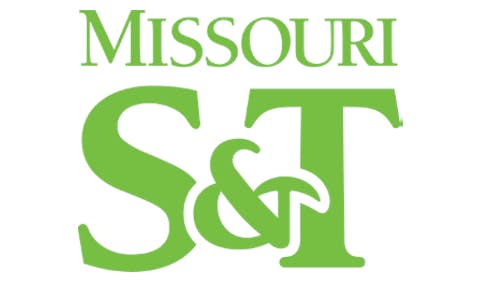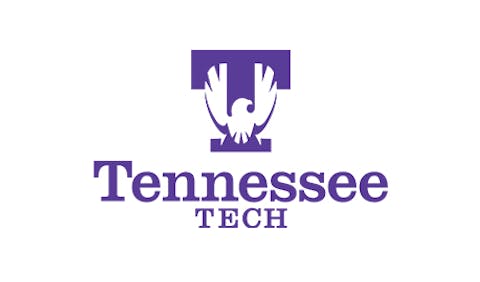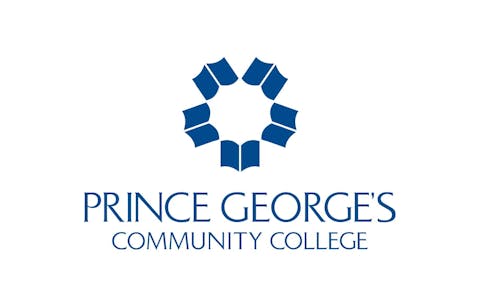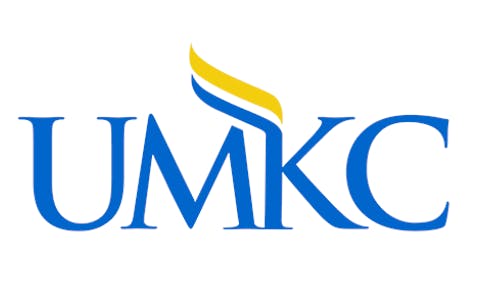The nonprofit Common App, which offers an online tool that many students use when looking to pursue an undergraduate education, is not being used by enough students who are from lower-income backgrounds, according to the organization’s inaugural Equity Innovations Guide.
The organization is making deliberate moves to fix that disparity.
According to the report – launched this May – Common App as an organization has more than 1,000 colleges in its network and has reached 1.4 million students during the 2022-23 application cycle year. But only 30% were those from below-median income ZIP codes, said Emma Steele, director of media and external affairs at Common App.
“There was a huge gap in below-median income students who were using our platform,” said Steele, adding that Common App measures its equity gap by comparing its student numbers to census data and the U.S. labor force.
 Emma Steele
Emma Steele
Instead, as of last September, Common App launched Next Chapter, a collective effort for the organization and its partners to get 650,000 more low- and middle-income students to create accounts on and submit applications through its platform by 2030.
This first Equity Innovations Guide illustrates results the organization has gathered from pilots and initiatives it had implemented over the years on matters of college admissions, financial aid, and equity. The guide is meant to communicate the efforts Common App has been undertaking and would like to scale up, Sample said.










